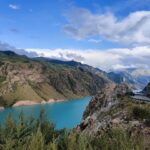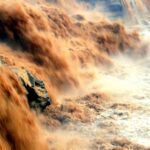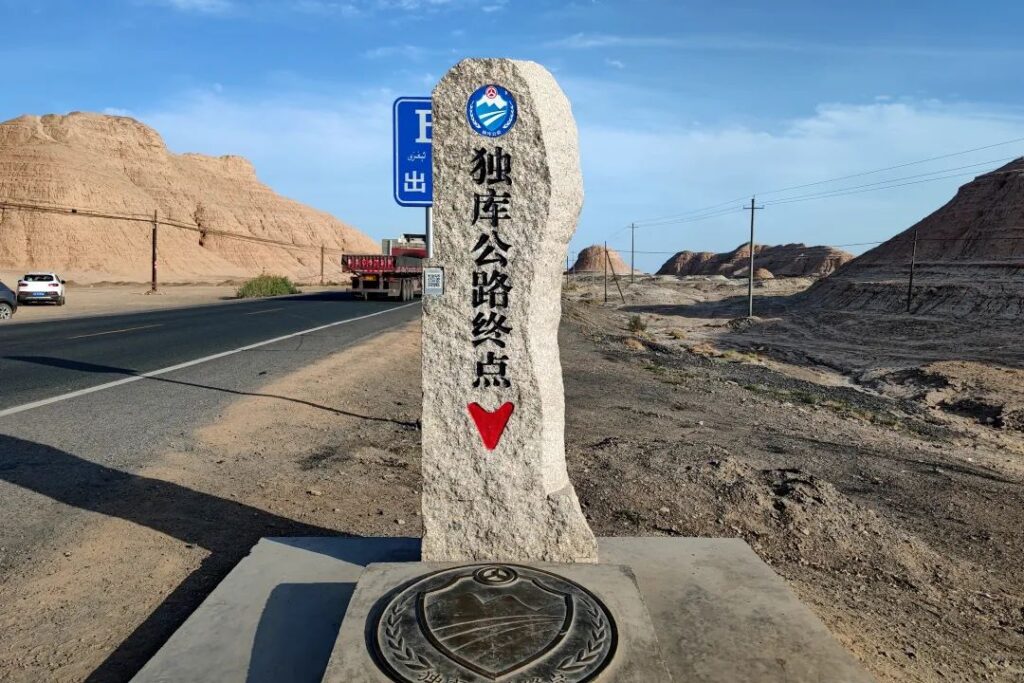
Kuqa, the terminus of the renowned Duku Highway, is also the perfect starting point for those who wish to embark on a reverse journey along this iconic route.
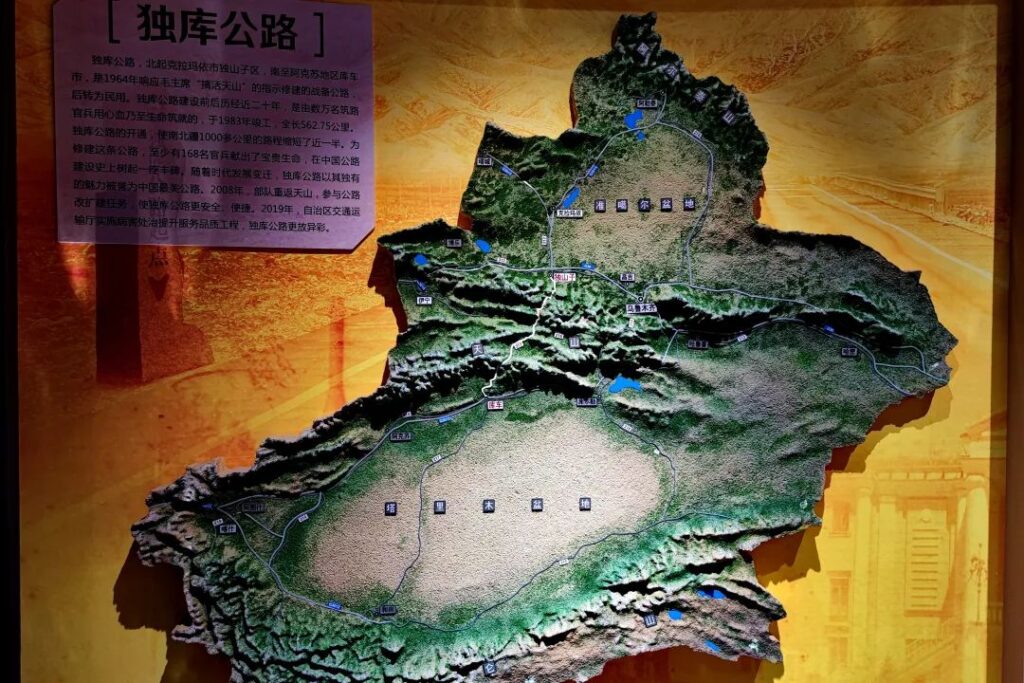
It can be said that Kuqa is the best departure point for the Duku Highway.
Imagine this: from Kuqa, it takes less than 5 hours to reach Bayinbuluk, and just over 6 hours to arrive at Nalati, which is even faster than driving from Urumqi.
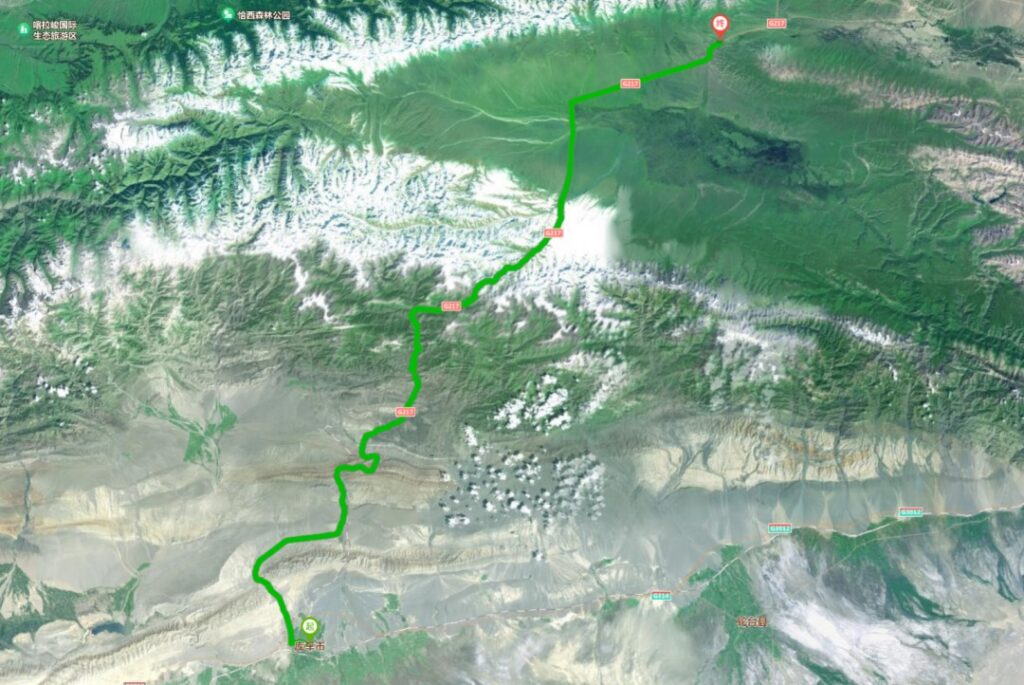
In recent years, renting a car in Kuqa has become much more convenient and affordable. So, if you have limited time and want to self-drive along the Duku Highway, it is recommended to fly directly to Kuqa and start your journey from there.
Moreover, Kuqa itself is a true treasure trove!

I have told my friends more than once that even if the Duku Highway had not been opened, Kuqa would still be a place worth visiting on its own.
It is like a condensed version of the Northwest China Grand Loop!
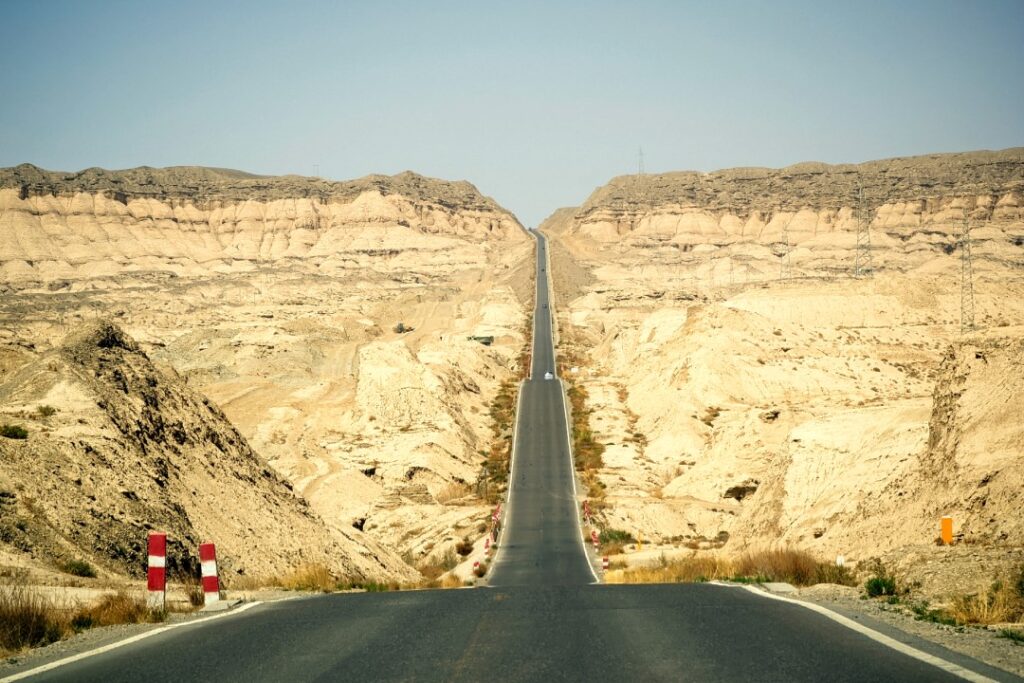
Just look at this – it is identical to the Instagram-famous roads on the Northwest China Grand Loop.
There are multiple ways to reach Kuqa. As mentioned earlier, you can take a direct flight to Kuqa Airport, or opt for a train or high-speed rail to nearby cities and then drive to Kuqa.
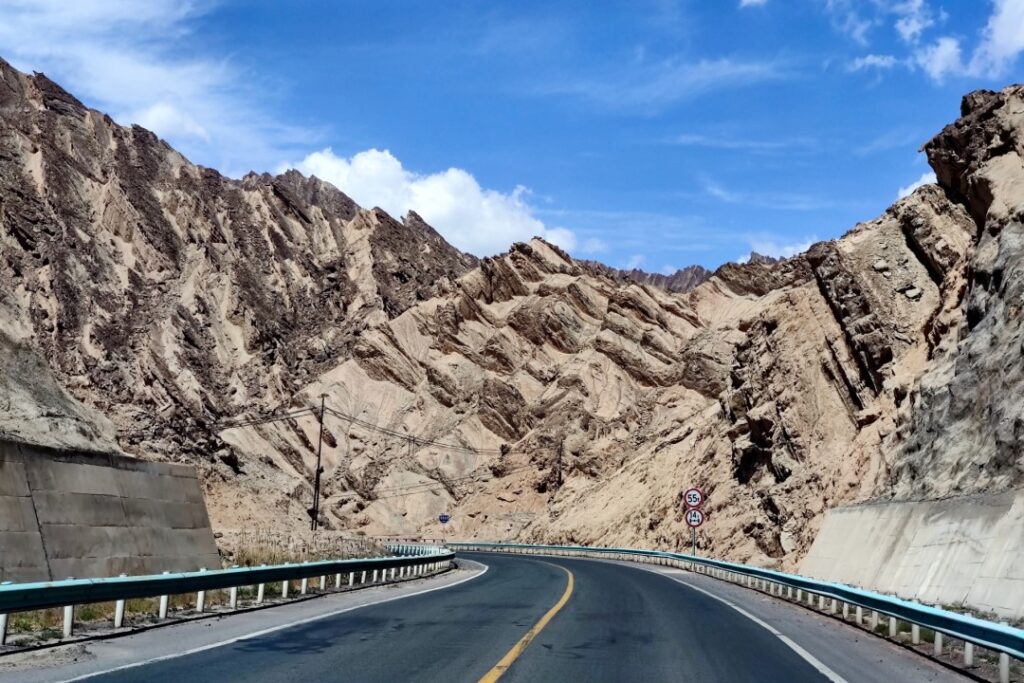
As an important city in southern Xinjiang, Kuqa is also renowned for its culinary delights.
Whether it’s tourist restaurants like Yakshim or Kuqa Big Naan City, local favorites like Zaipar Food City, or markets in the old town, the specialty foods such as roasted naan, baked buns, hand-pulled rice, and grilled meat will leave you craving for more.
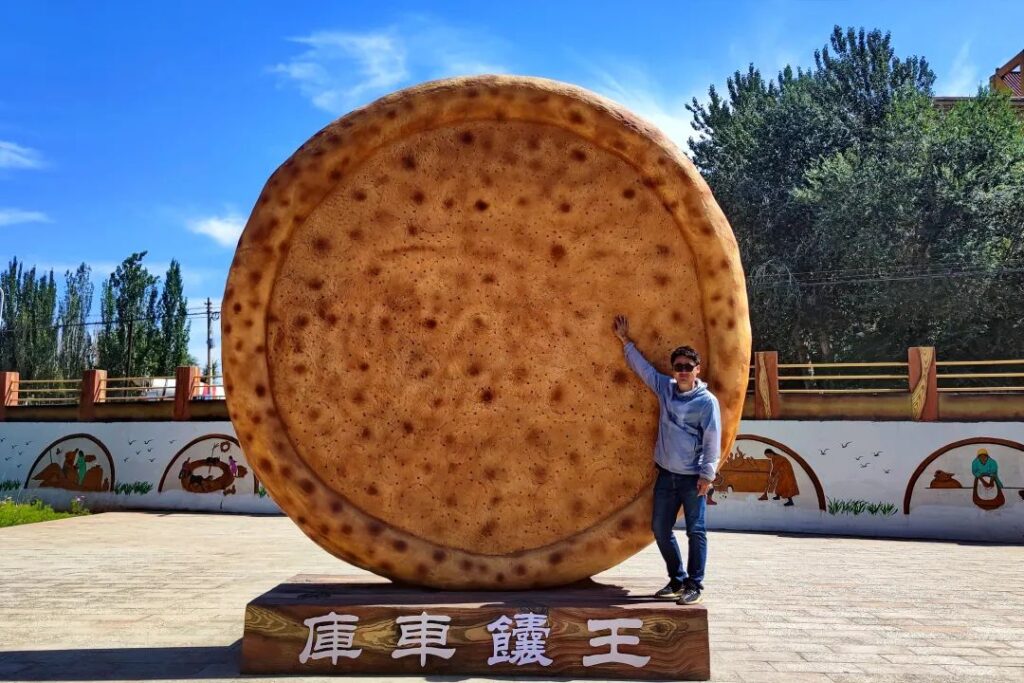
The local specialty dishes are a must-try. Roasted whole lamb, baked buns, hand-pulled rice, and other traditional delicacies will linger in your memory.
Kuqa also offers a wide range of accommodation options, from budget hotels to star-rated properties. Now, there are choices like Hilton Garden Inn and Kuqa Hotel in the city center, catering to the needs of different travelers.
From the Ancient City, Crossing the Tianshan Mountains
Within Kuqa city, the most worthwhile attraction is the Kuqa King’s Palace.

Built by Emperor Qianlong to commend the local suppression of a rebellion, it was the residence of 12 generations of the hereditary “King of Kuqa.” The Kuqa Museum is also located within the compound.

Although the original palace was destroyed many years ago, it was reconstructed in 2004 based on the memories of the last King of Kuqa. China’s last queen consort still resides here.
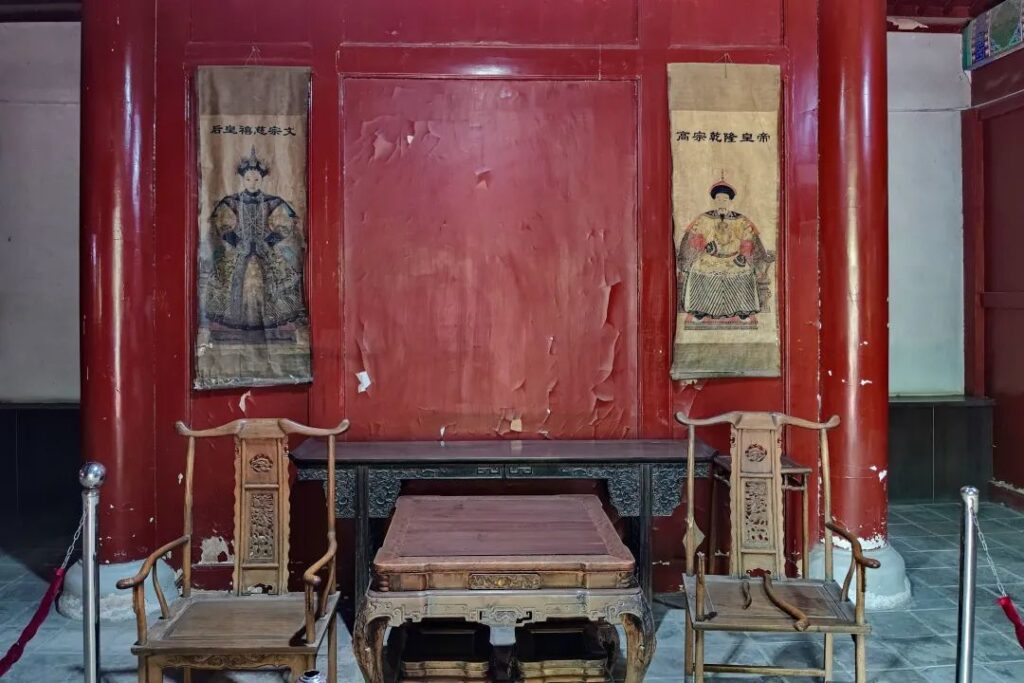
From Subashi Buddhist Temple to Kizil Grottoes, from the mysterious Tianshan Grand Canyon to Kizil Devil City, the surroundings of Kuqa are home to a plethora of awe-inspiring natural and cultural landscapes.
When talking about Kuqa, one cannot help but mention Kucha.
On the ancient Silk Road, Kucha was once a prosperous Buddhist kingdom. As a crucial transportation hub leading to various countries in the Western Regions, the Kingdom of Kucha played a significant role in the cultural and economic exchanges between the East and the West.
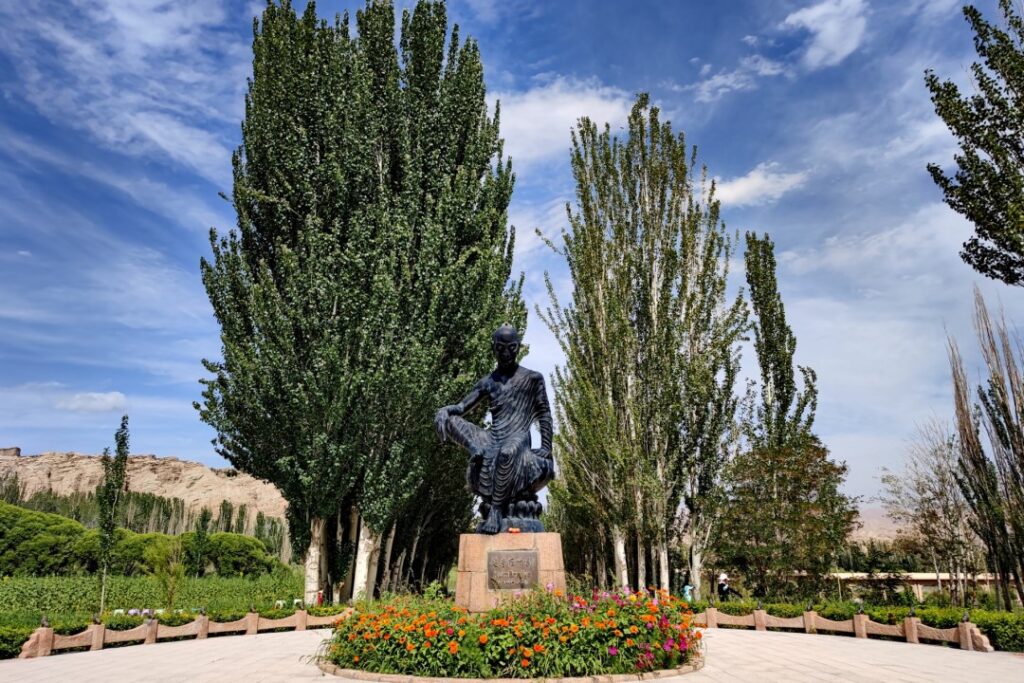
The eminent monk Kumārajīva hailed from Kucha. And Kuqa is the present-day Kucha.
Located in the northeastern part of the city, the Subashi Buddhist Temple is also a Buddhist cave and temple site from the Northern and Southern Dynasties to the Tang Dynasty, possessing immense historical value.
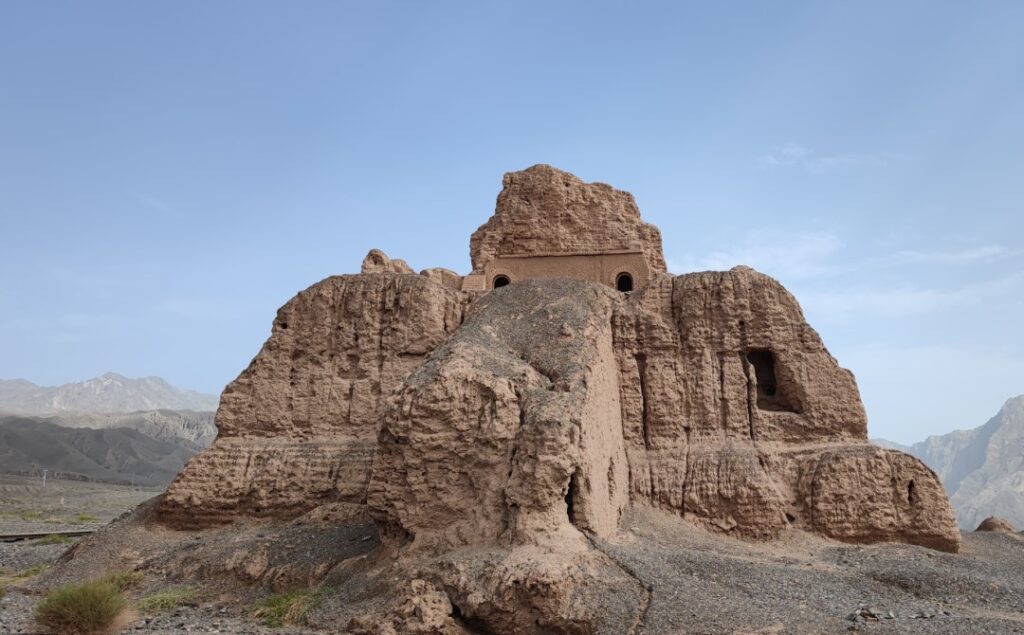
The entire site is vast in scale and is the largest Buddhist temple ruins in Xinjiang. Although the temple has become an ancient city, standing here, a thousand years of history encounter you in this very moment.
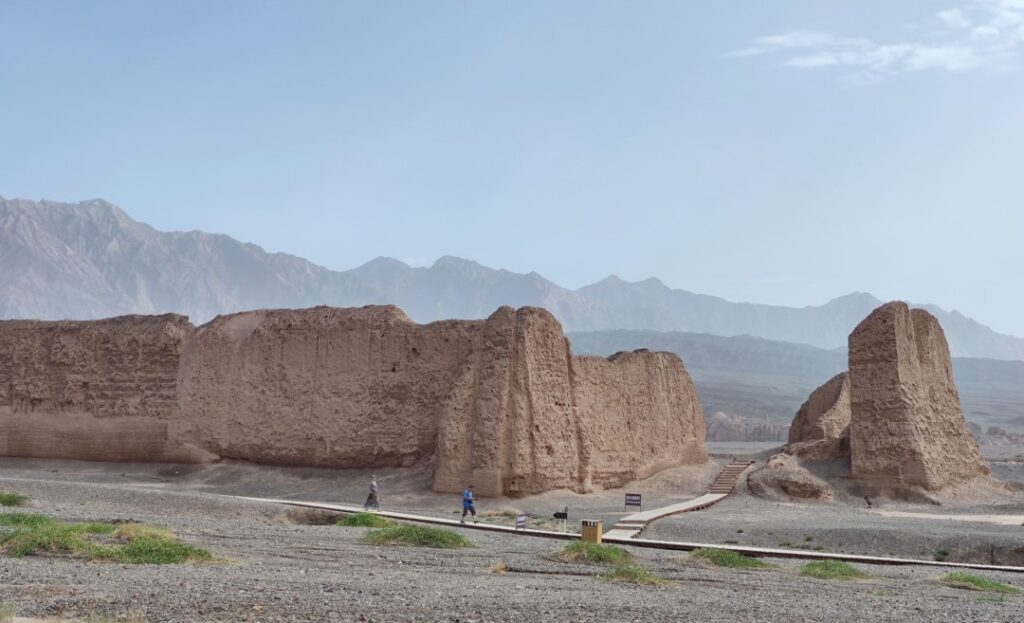
The Kizil Grottoes, comparable to the Mogao Caves, are also situated near Kuqa. It is the earliest, largest, most diverse in cave types, and westernmost large-scale cave complex in China.
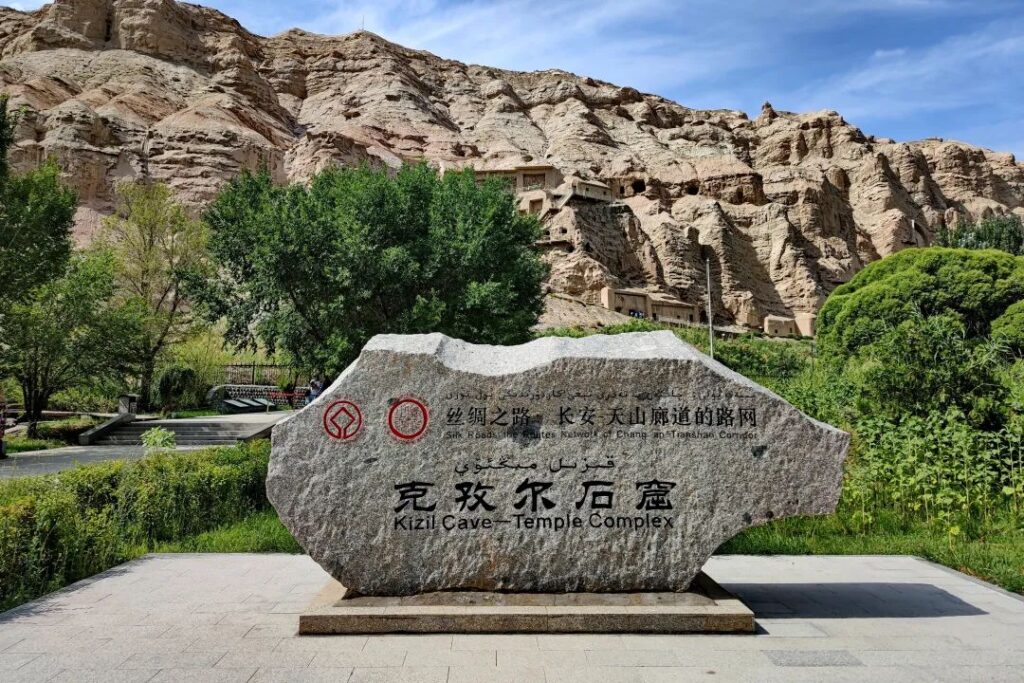
Approximately excavated in the 3rd century AD and gradually ceased construction in the 8th-9th century AD, the duration of its continuation is unparalleled in the world.
600 years, my friends! The tour of the Kizil Grottoes is very similar to that of the Mogao Caves. After entering the grottoes area, visitors are led by a guide.
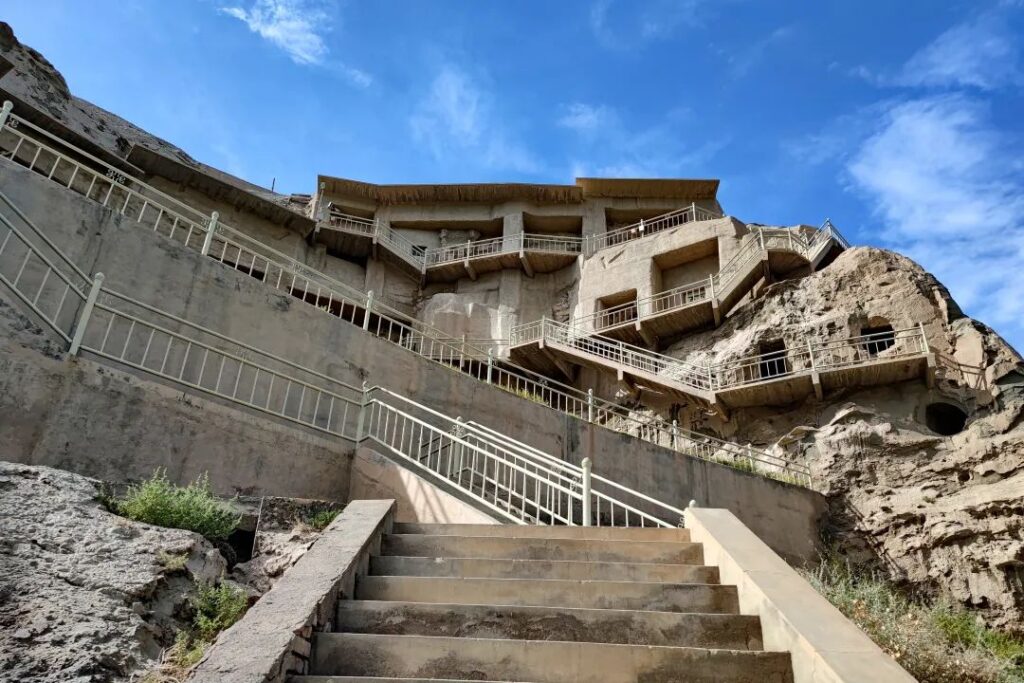
Looking back at the cliff, these grottoes where deities gather were once frequented by monks and believers. A thousand years later, today, the dilapidated interiors leave us with nothing but a deep sigh.
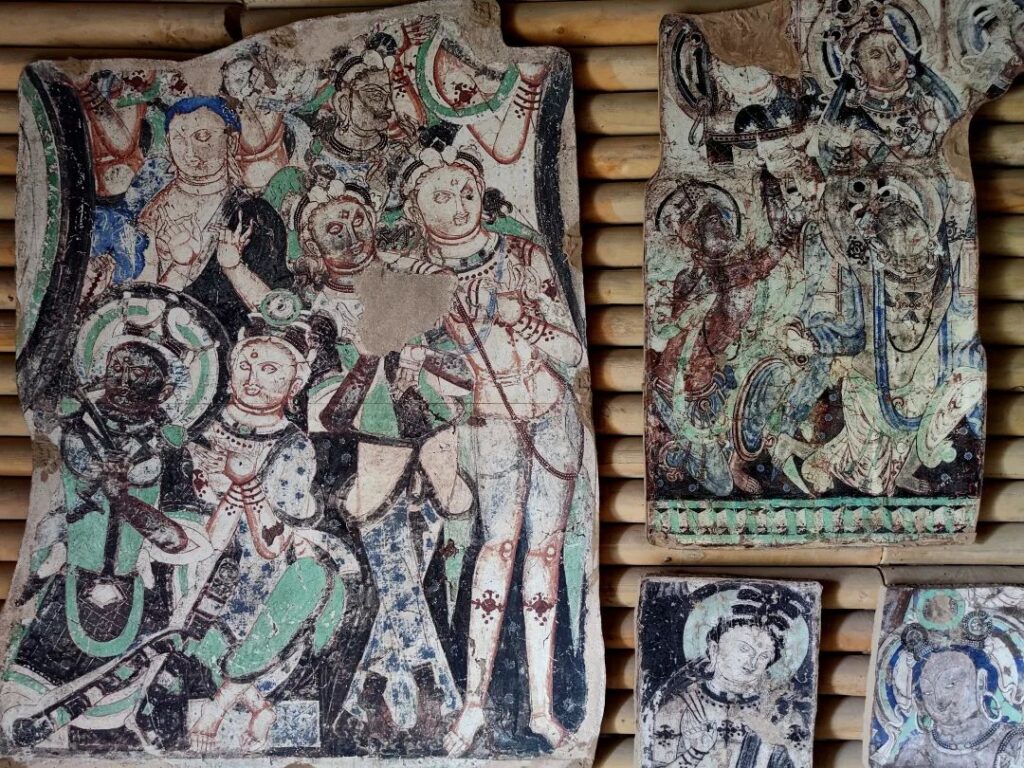
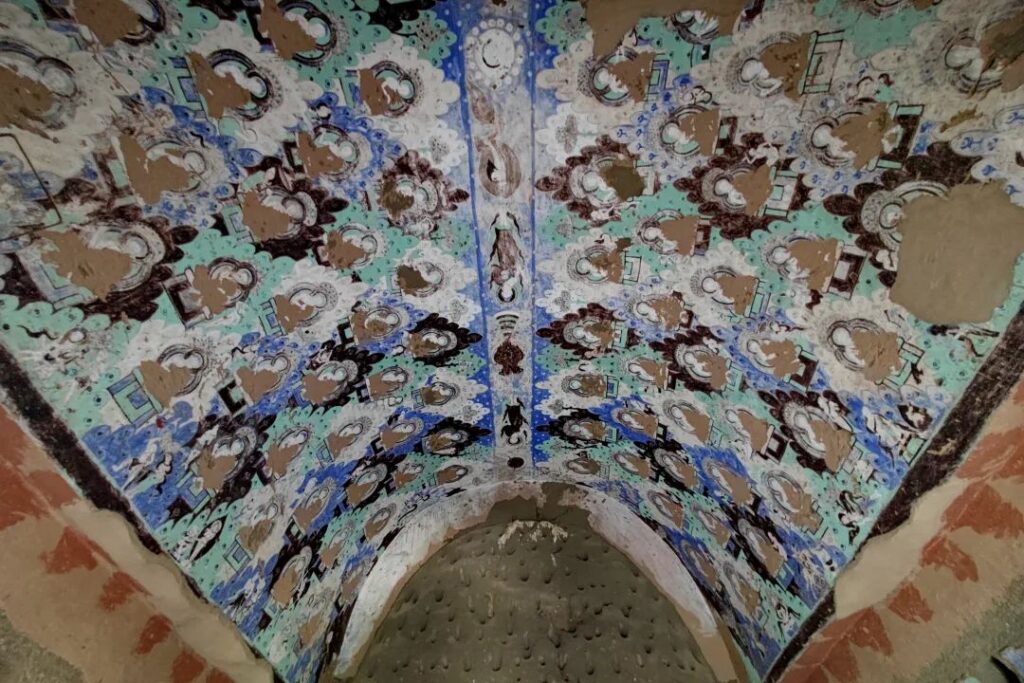
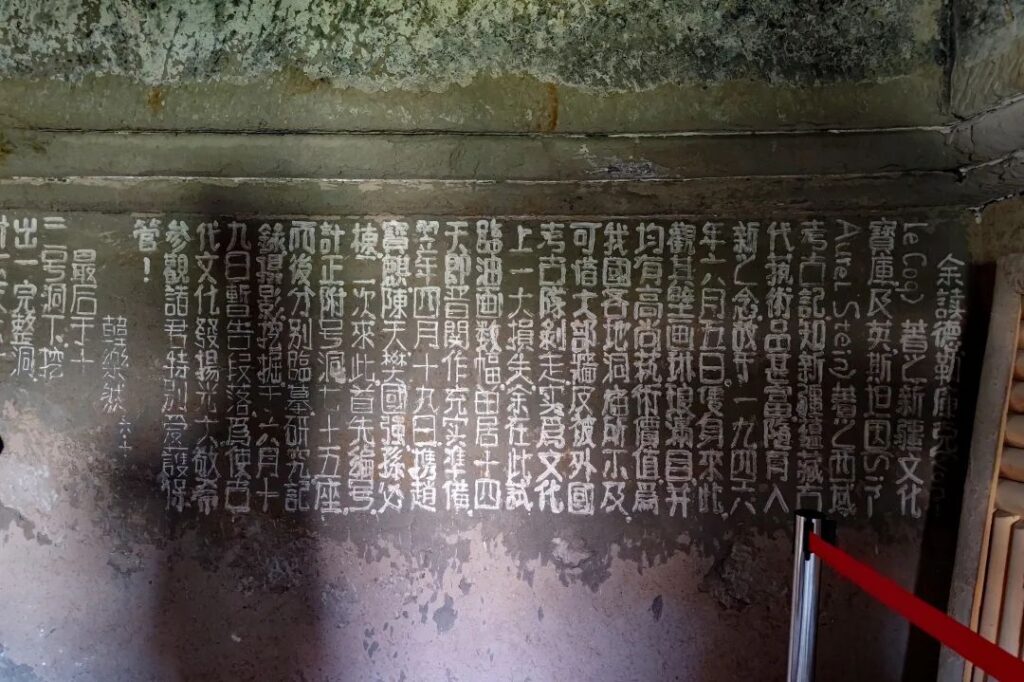
Starting from last year, photography is no longer allowed after entering the Kizil Grottoes.
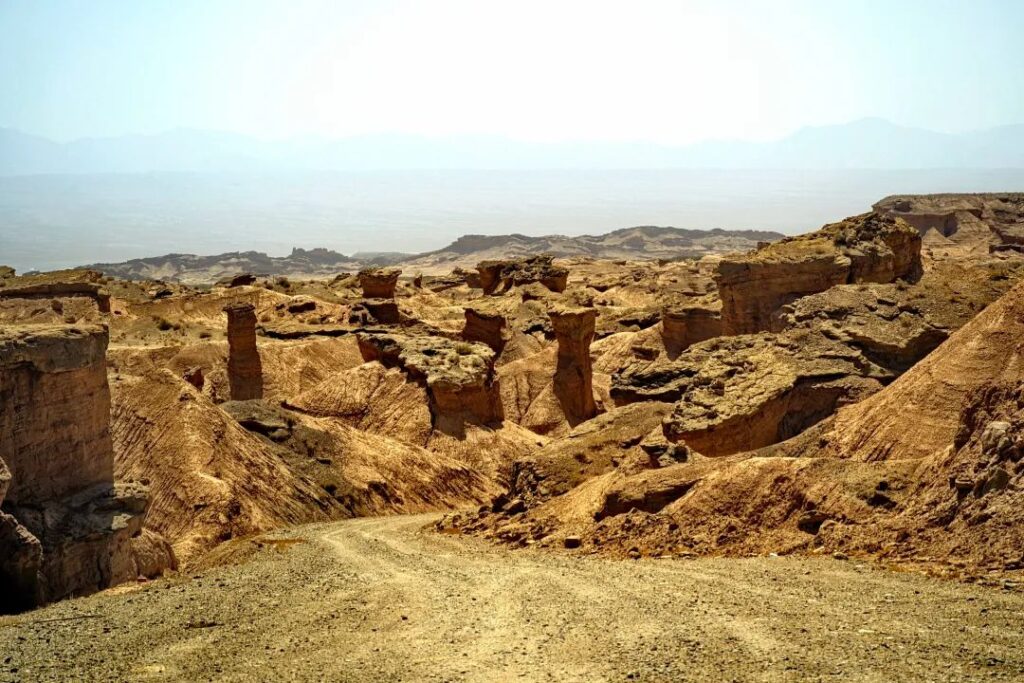
Near the Kizil Grottoes, there is also the Kizil Devil City, now known as the Kizil Red Rock Forest. Although not fully developed, it is full of wild charm. The “Blazing Spring,” where water and fire blend, is also located here.
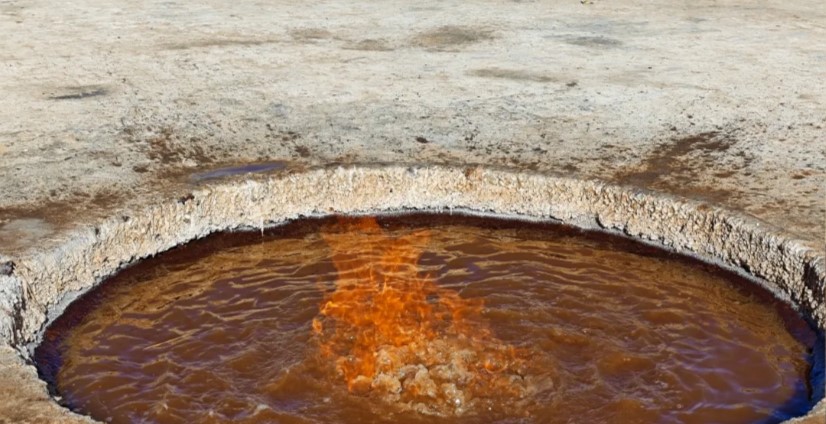
For friends who intend to pursue an original ecological travel experience, it is undoubtedly a great choice.
If you want to have a deeper understanding of the grottoes, you can also apply to the Kucha Research Institute and make an appointment to visit the Kumtura Grottoes, one of the ancient Buddhist holy sites of Kucha and an epitome of Kucha’s history.
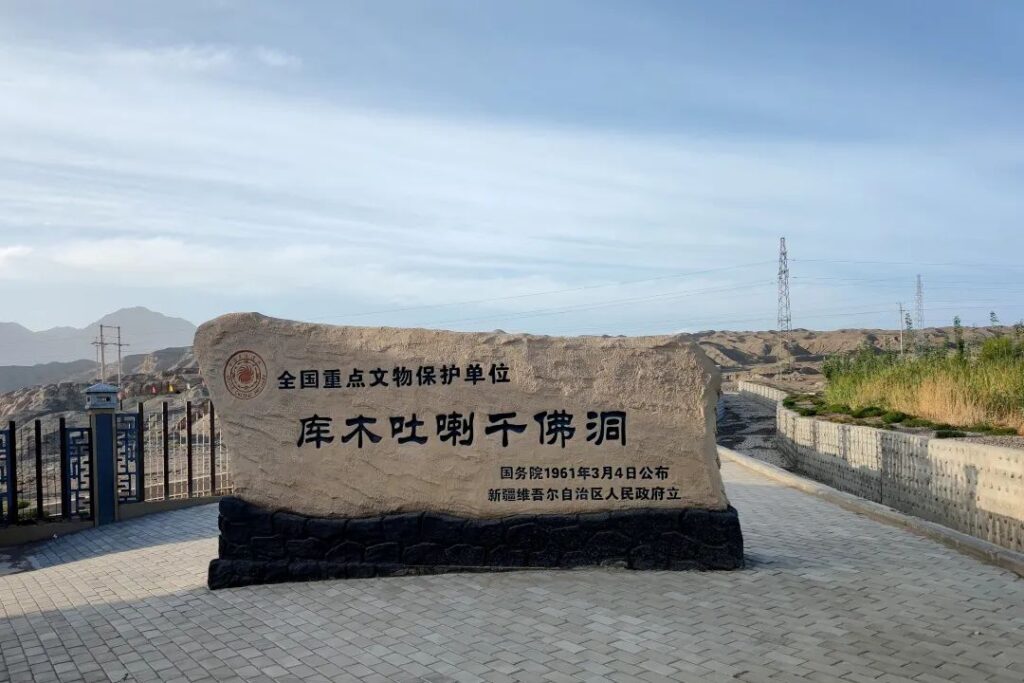
However, since you have already come to Kuqa, how can you not head north and reverse-drive the Duku Highway? As the title suggests, Kuqa is what I consider the best starting point for self-driving the Duku Highway.
Unlike driving from Dushanzi to the Duku Highway, the scenery you see when reverse-driving the Duku Highway is completely different.
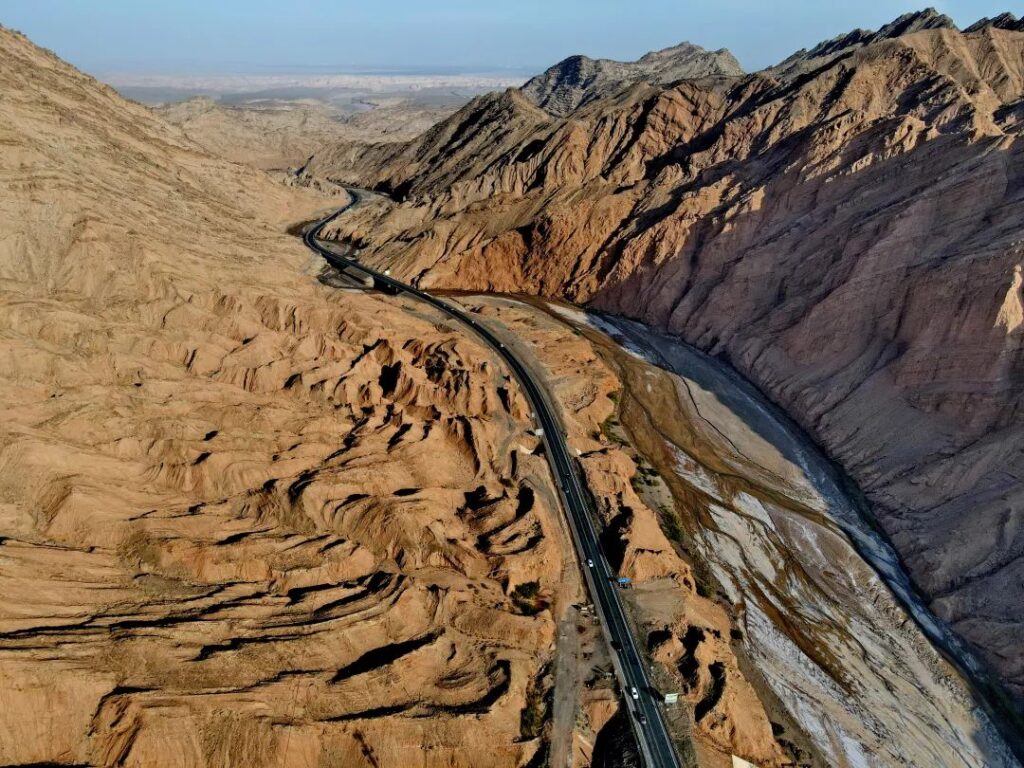
As vehicles drive out of the Kuqa urban area, the landscape outside the window begins to turn desolate. The Duku Highway winds between the Gobi and oases, heading northward.
On both sides are endless Yardang landforms, with barren red-brown cliffs resembling a Martian landscape, making one feel as if they were on an alien planet.
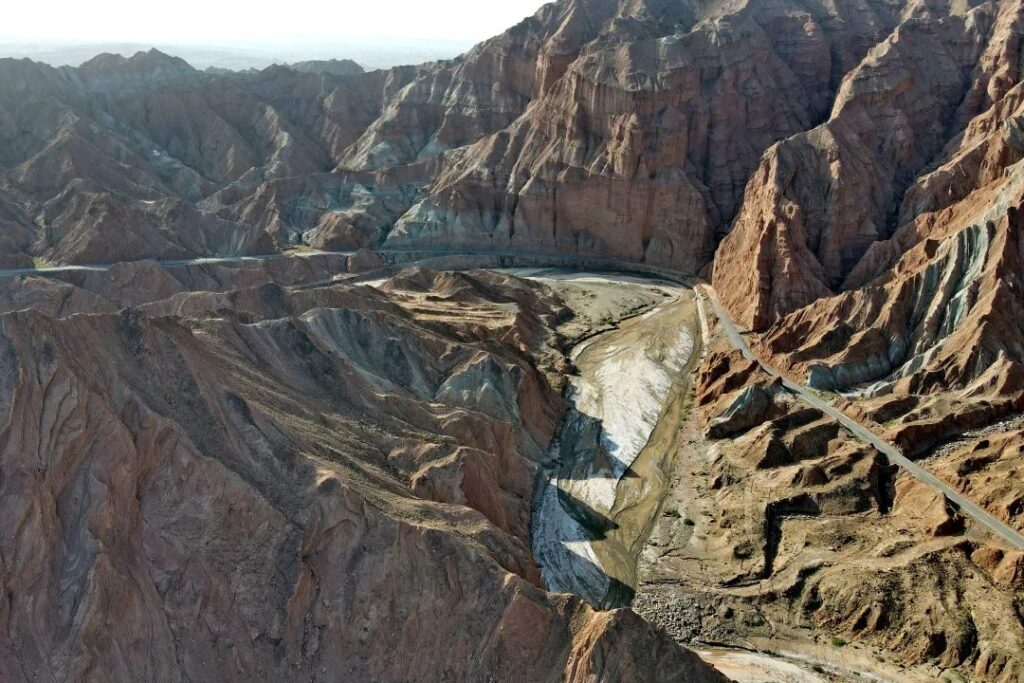
The Tianshan Mountains here are also rare sights that everyone cannot see at all in the northern section of the Duku Highway, especially after entering Ili. The wind-eroded Yardang landforms and fiery red rock mountains are extraordinarily stunning.
After a 1.5-hour drive, you will reach the famous Tianshan Mysterious Grand Canyon.
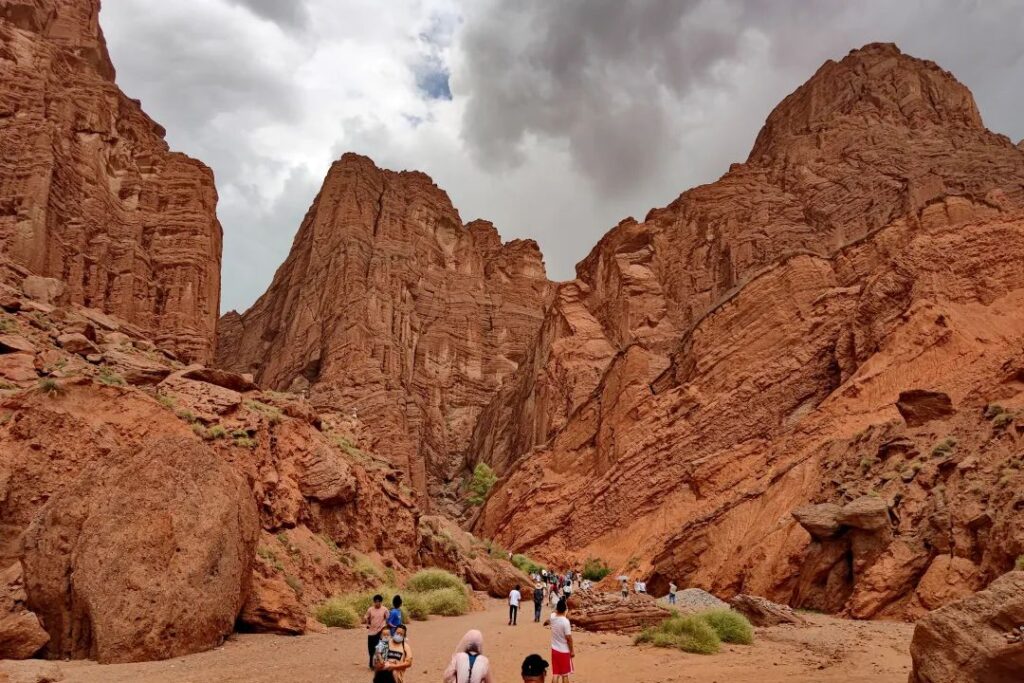
If you have visited Petra, one of the new seven wonders of the world, the sight before you will make you feel as if you have instantly traveled to the Middle East.
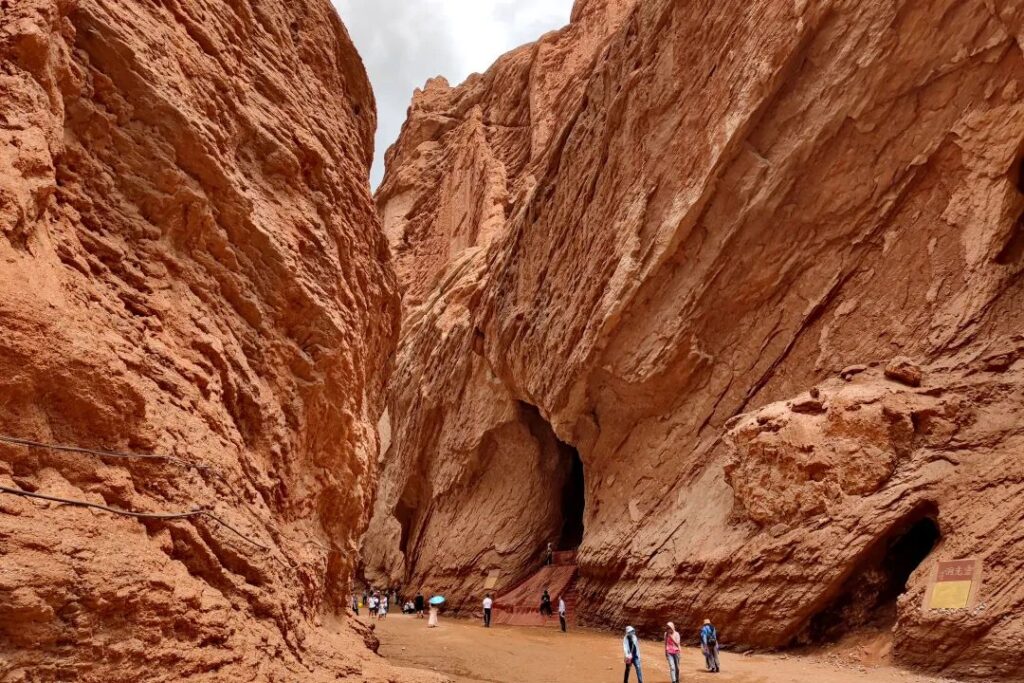
The peculiar peaks and mountains that form the canyon are composed of reddish muddy sandstone, called “keziliya” in the local Uyghur language, meaning red cliffs. The towering red cliffs soar into the clouds, and the canyon is deep and mysterious.
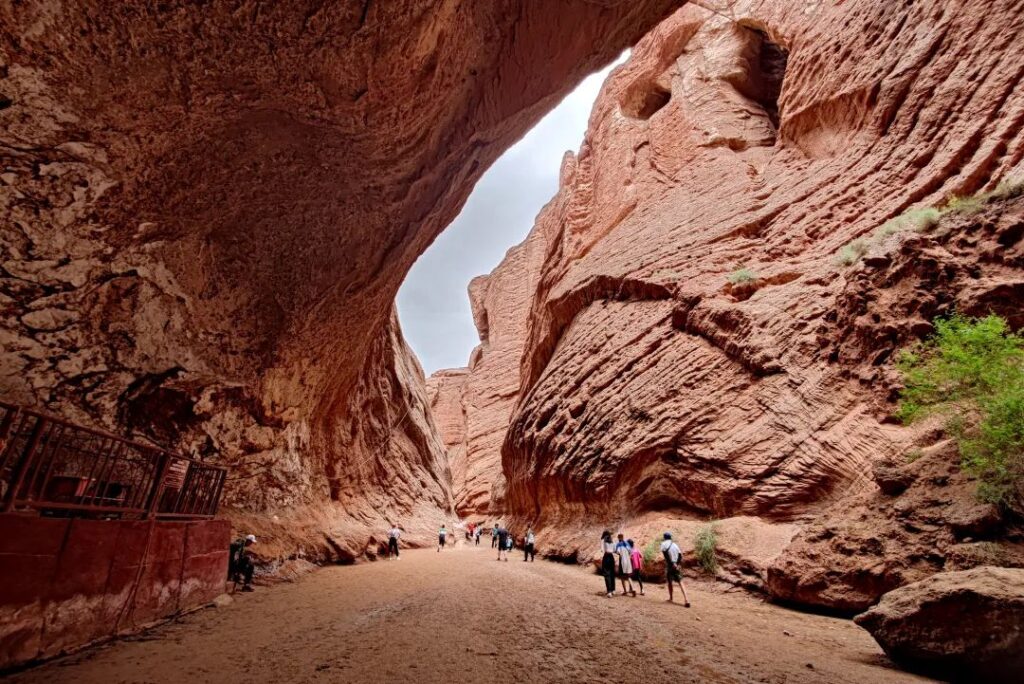
Along the way, the rock walls stand tall and majestic, with strange peaks and rocks, and the round trip cannot help but make one marvel at the masterful work of nature.
The entire scenic area involves walking about 3 kilometers, and you can also choose to ride a camel for the round trip. As you walk along the canyon, every step is a picture of unparalleled beauty.
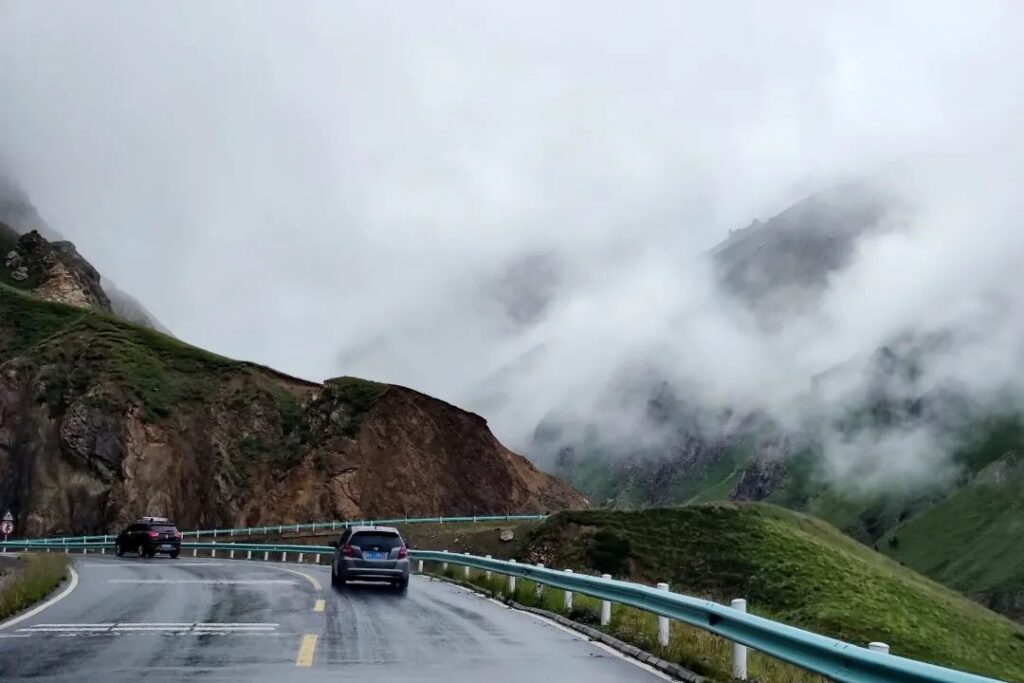
Leaving the Tianshan Mysterious Grand Canyon and continuing northward for about 1.5 hours, patches of green begin to appear outside the car window, gradually converging into an oasis, and the distant snow-capped mountains are clearly visible.
The Big and Small Dragon Pools have thus quietly arrived at our side.
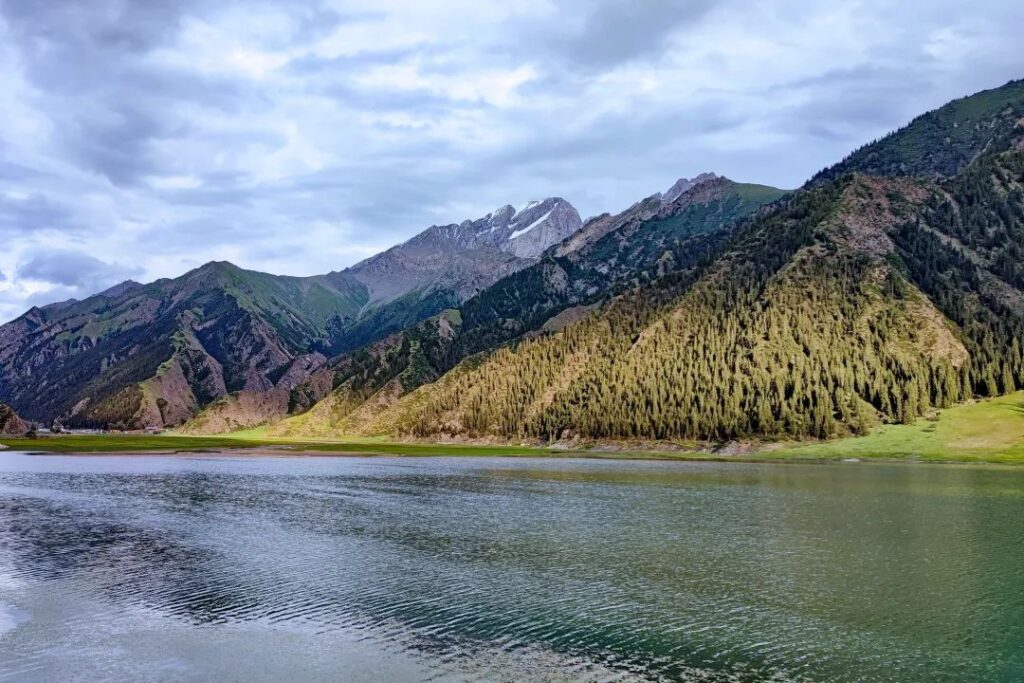
The Big and Small Dragon Pools are two pearls on the Duku Highway, both at an altitude of over 2,000 meters, with beautiful scenery. The water sources are both formed by the accumulation of snow water from the Tianshan Mountains. The lake water is clear as jade, creating a delightful contrast with the surrounding mountain colors.
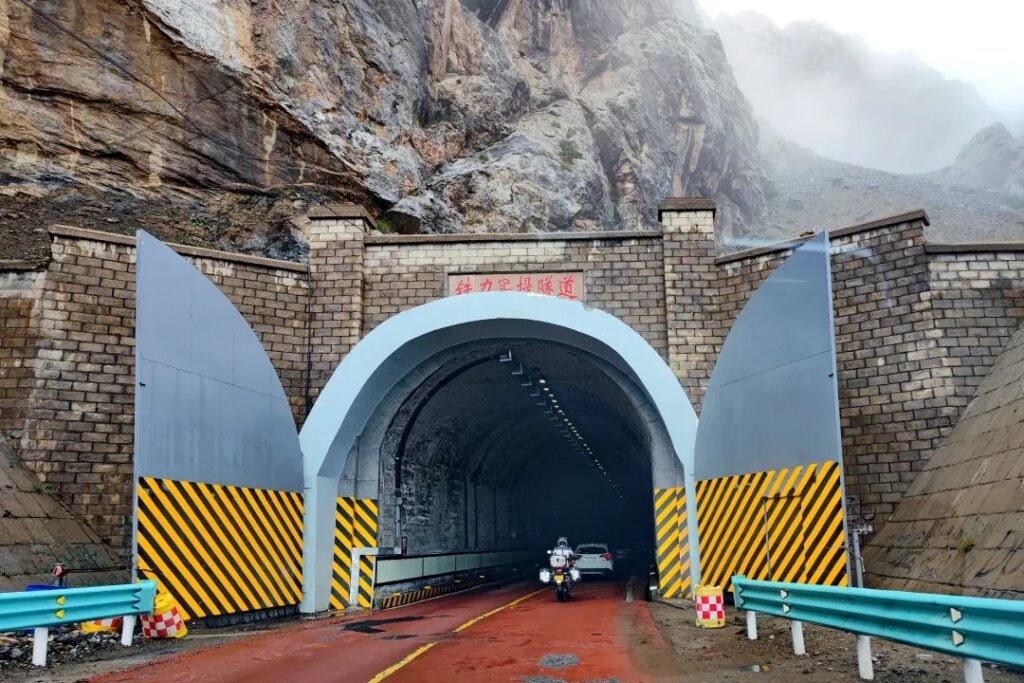
Not far away, atop the high mountains, is the Tilemati Daban, one of the three major dabans (mountain passes) on the Duku Highway. Passing through the tunnel below the daban, you enter the Tianshan mountain range.
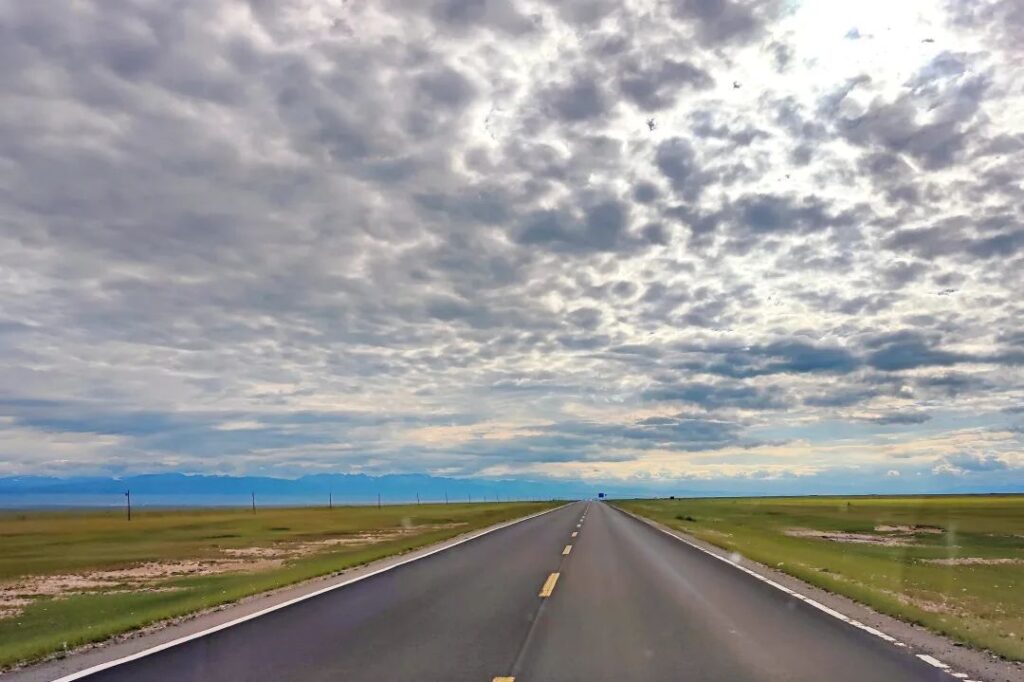
The famous Bayinbuluke is just over an hour’s drive away. Before reaching Swan Lake, there is a vast and magnificent grassland.
Written at the end
The Duku Highway, divided into northern, central, and southern sections, belongs to three different regions and has three completely different landforms.
If the northern section is magnificent and the central section is beautiful, then in Kuqa in the southern section, the combination of the history of the Silk Road and the Yardang landforms can only make me think of two words: splendor.
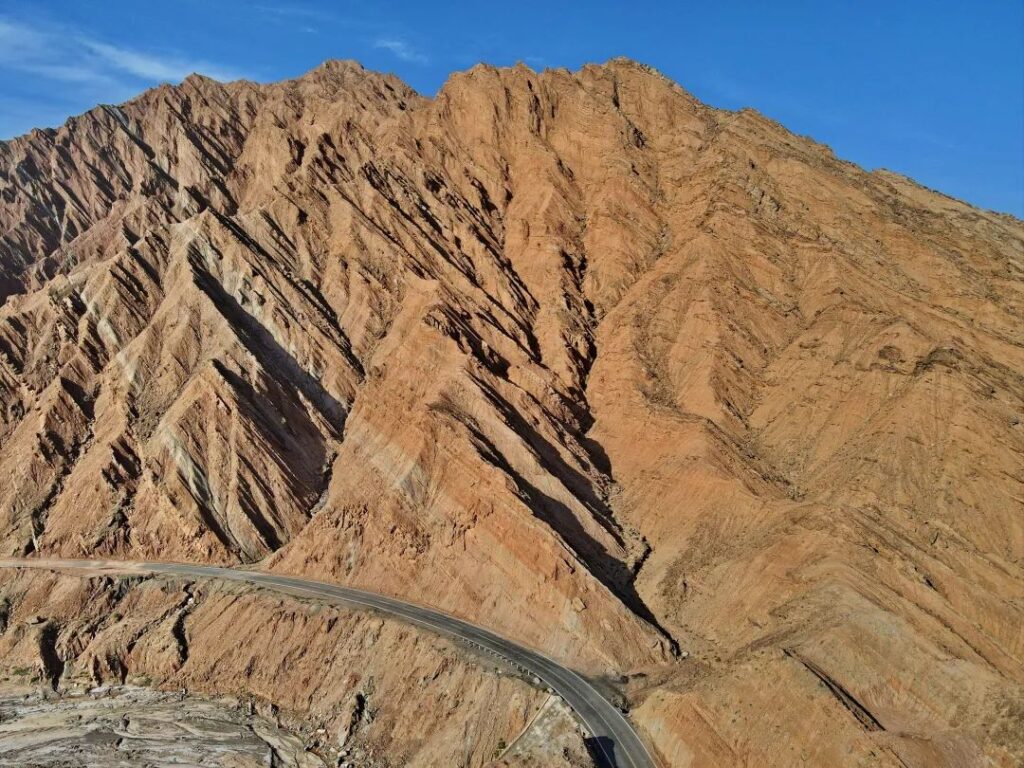
Although Kuqa is only a county-level city in southern Xinjiang, starting from here, whether it is the surrounding cultural relics or the magnificent scenery on the Duku Highway, it not only refreshes the mind but also places one within a huge painting scroll.
Not to mention, reverse-driving the Duku Highway does not encounter traffic jams.
